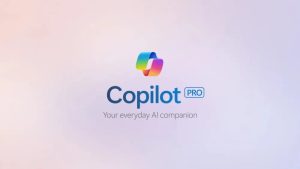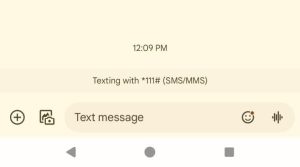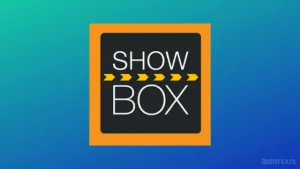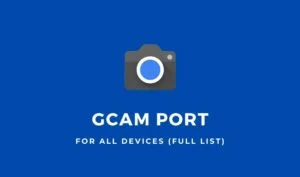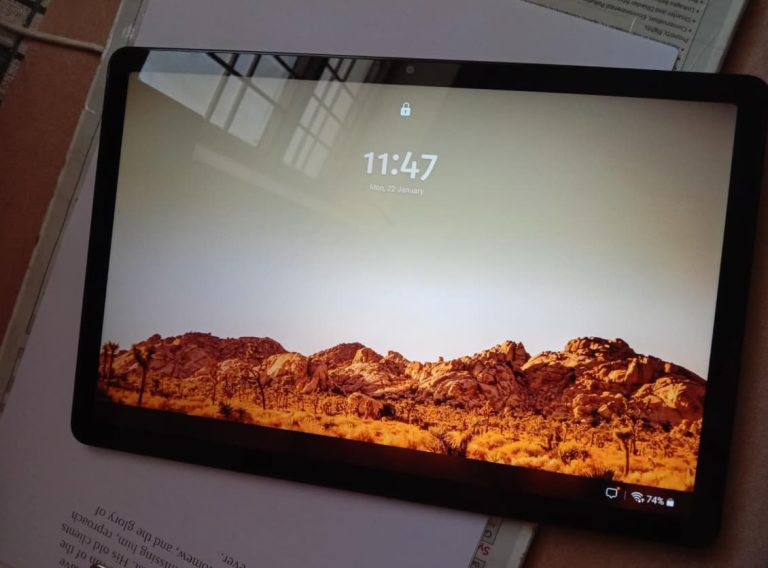Trending Wallpapers
Mark your calendars! On April 8th, 2024, North America will witness a total solar eclipse,…
Subscribe to Updates
Join our most passionate readers to get instant access to tech tips as they arrive!
Popular Now
Hottest deals right now
I couldn’t believe my eyes when I saw the price tag on the Samsung Galaxy Tab A9…
Latest Articles
Pixel 6 and Pixel 6 Pro users, rejoice! The Kirisakura-Kernel, affectionately dubbed Raviole for the duo’s combined moniker of Raven and Oriole,…
There were several instances where we were all so enamoured by certain music or video clips on TikTok that we wished they…
Modern workplaces require modern solutions, and so is the relation between technology inclusion and employee productivity. Now, this a matter that often…
Modern workplaces require modern solutions, and so is the relation between technology inclusion and employee productivity. Now, this a matter that often…
If you are going on a journey to distant lands or even just a weekend getaway it can be exhilarating, but it…
Mark your calendars! On April 8th, 2024, North America will witness a total solar eclipse, with the moon completely blocking the sun…
One of the reasons many investors are skeptical about an investment in Bitcoin is its security and regulatory nature. However, the introduction…





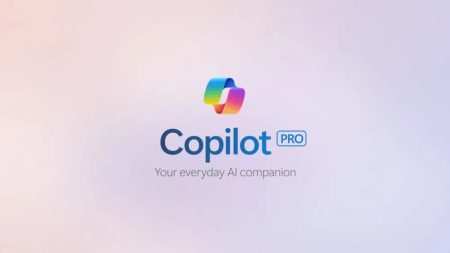
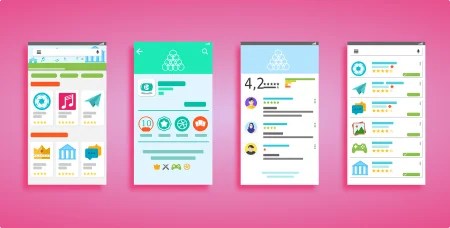








![OnePlus 9 Wallpapers [Download ZIP]](https://static.droidfeats.com/wp-content/uploads/2021/03/OnePlus-9-Wallpapers-02-135x300.jpg.webp)

![Samsung Galaxy S20 FE Wallpapers Stock Collection [2400 x 2400 pixels]](https://static.droidfeats.com/wp-content/uploads/2020/10/Samsung-Galaxy-S20-FE-Wallpaper-06-300x300.jpg.webp)






